The Defense Language Institute - An Awesome Language Tool
 Written byHubert Nagel
Written byHubert Nagel- Read time3 mins
- Comments9
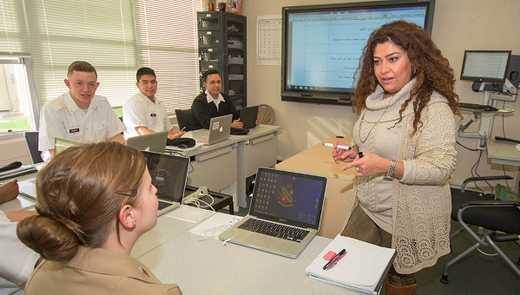
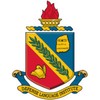
- Free to access
- Military-grade lesson material
- Comprehensive and covers local dialects
- Clunky and dated interface
- Content primarily geared for military interactions, not everyday life
The DLIFLC website is an incredibly useful language learning resource and it’s completely free to use. DLI is a department of the US military, and their lesson material goes into enormous depth, the likes of which you won't find in any other online course.
Important: Since writing this review, we’ve developed the largest resource ever made for spoken Arabic dialects. If you’re learning Arabic, click here to use it.
For other languages I highly recommend this resource.
If you’re serious about learning a foreign language then you’re probably already familiar with the Defense Language Institute’s Foreign Language Center.
If you’ve never used it before then you’re missing out big time.
The DLIFLC website is in my opinion one of the most useful language learning resources I’ve ever found online and it’s completely free to use. It’s a department of the US military (vital if you’re preparing for DLPT or DLAB) but thankfully they’ve made some of it’s resources available online for the public.
From its info page:
DLIFLC is a multi-service school for active and reserve components, foreign military students, and civilian personnel working in the federal government and various law enforcement agencies.
The website’s loaded with sections that provide detailed lessons, native speaker audio files, written material, free software and cultural information.
It’s all listed here on the Products page:
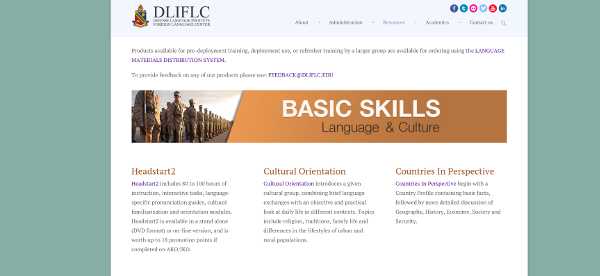
G.L.O.S.S – Global Language Online Support System
I’m not going to go into all the products in this post but I’d like to make brief mention of the G.L.O.S.S (Global Language Online Support System) and how awesome it is as a learning tool.
Go to the Products page and click here:
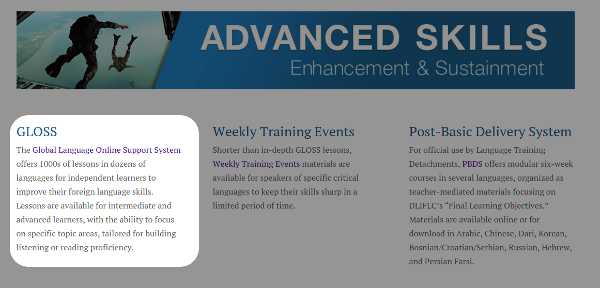
It will bring you to a page that lists all the available languages for G.L.O.S.S.
As you’ll see, unfortunately it doesn’t cover every language. Apart from a few European languages, the majority of the content is geared toward Middle Eastern, African and Asian languages.
You’ll notice also that dialects are offered for some languages. Arabic (standard) is listed, along with the Egyptian, Iraqi, Levantine and Gulf dialects. This is one of the features that makes this such a precious resource for learners.

After you select your desired language you can scroll down and choose the level, modality (skill focus), topic and sub-topic. The levels range from 1-4 (1 is about pre-intermediate and 4 is advanced).
Your search results will appear like this:
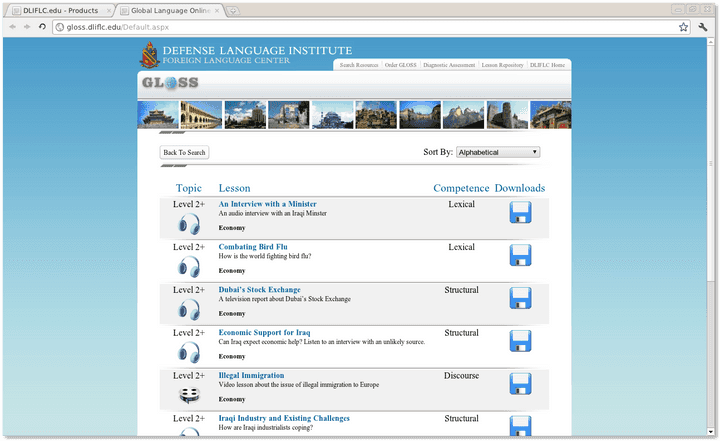
You can either click the lesson title to begin the lesson or over on the right hand side you can click the disk icon and download the audio files, along with the lesson PDF files to your hard drive. This is handy if you want to put the dialogue on a portable listening device.
The first page of the lesson’s an overview listing the objective and the individual activities you’ll encounter.
These activities are specifically designed to target the competence type that was listed on the previous page.

Listening activities will come with audio samples that you need to listen to in order to complete the activities:


A reading activity in French:
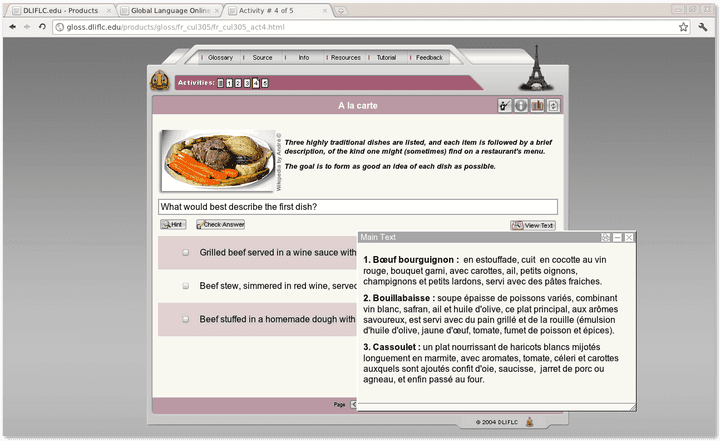
I’ve found G.L.O.S.S to be tremendously useful for language learning and translation practice as it uses real language samples with dialect variation, transcription of audio material, a “teacher’s notes” button with grammatical and lexical points and a useful glossary for each lesson to help with difficult terms.
Give the DLIFLC a try
If your target language is listed as a G.L.O.S.S language then give it a try and see if you benefit from it.
For advanced learners it can be especially helpful since most language learning sites are geared toward newbies. I use these lessons for Arabic translation practice quite a lot.
Let us know your thoughts on the DLIFLC or if you know of any other resources online by using the comments section below.
If you’re learning Arabic, check out TalkInArabic.com.
For other languages, visit my Essential Language Learning Tools page for more recommendations.
 Grab the link to this article
Grab the link to this article